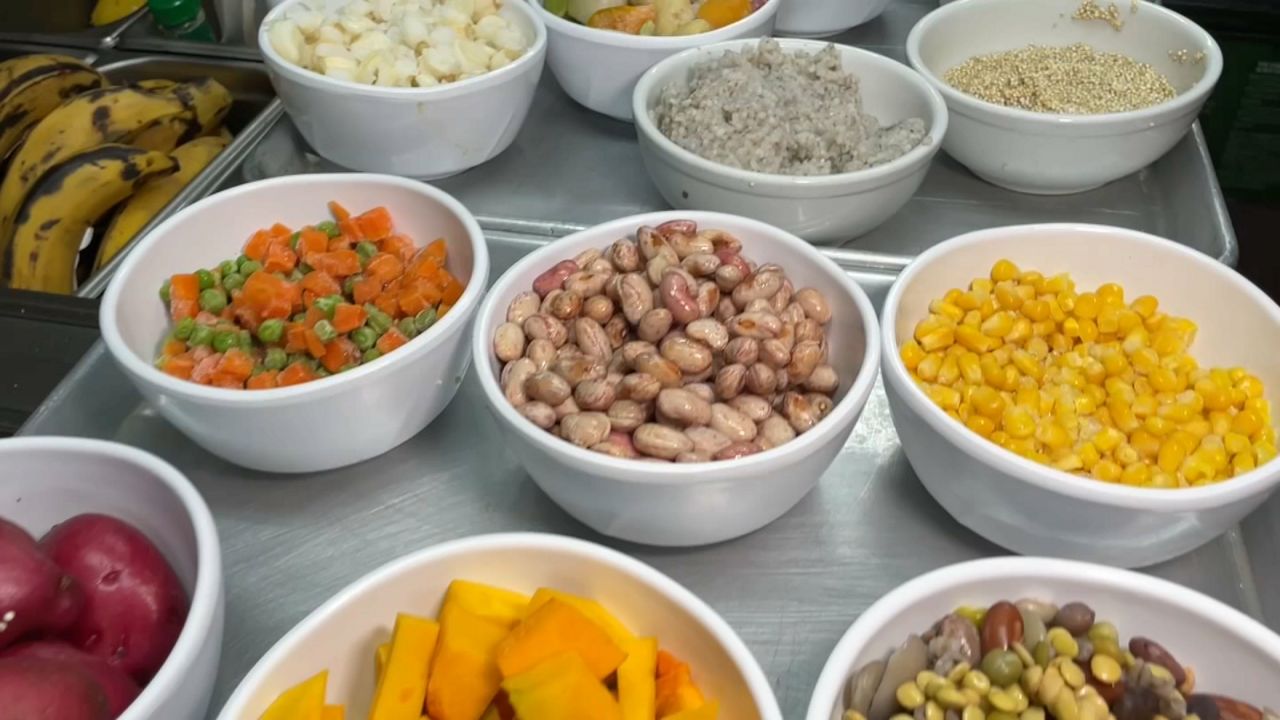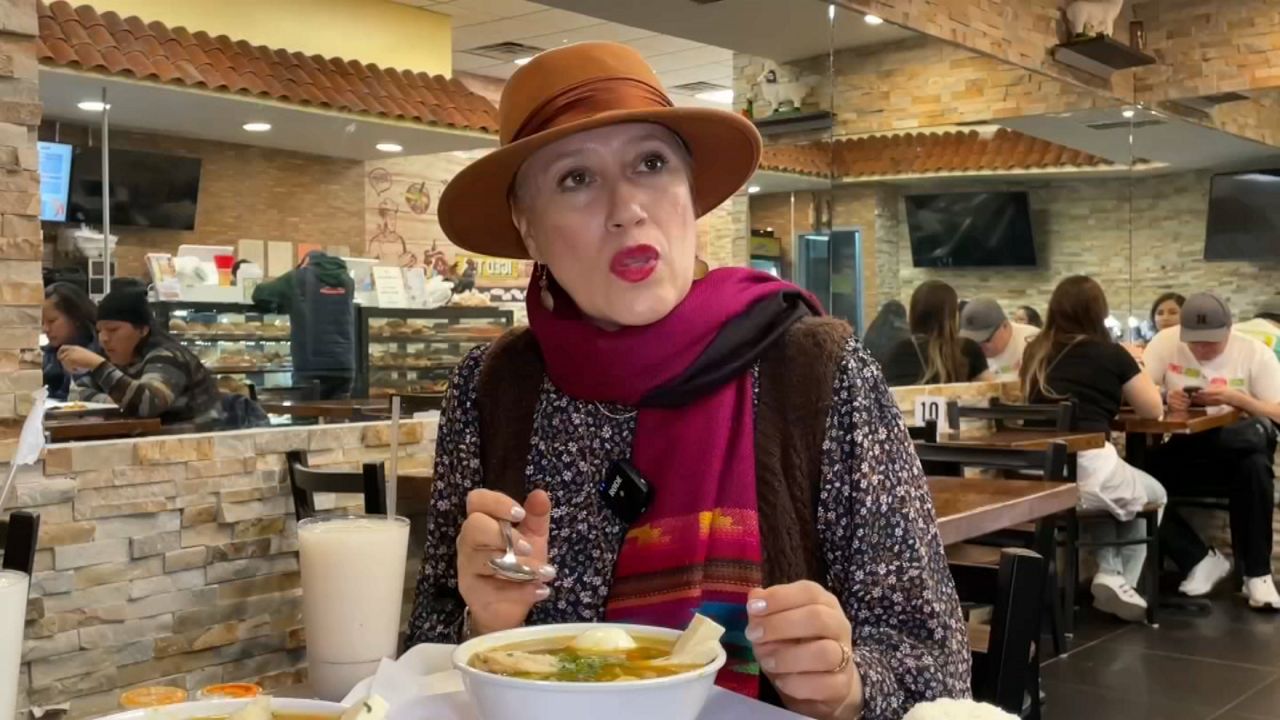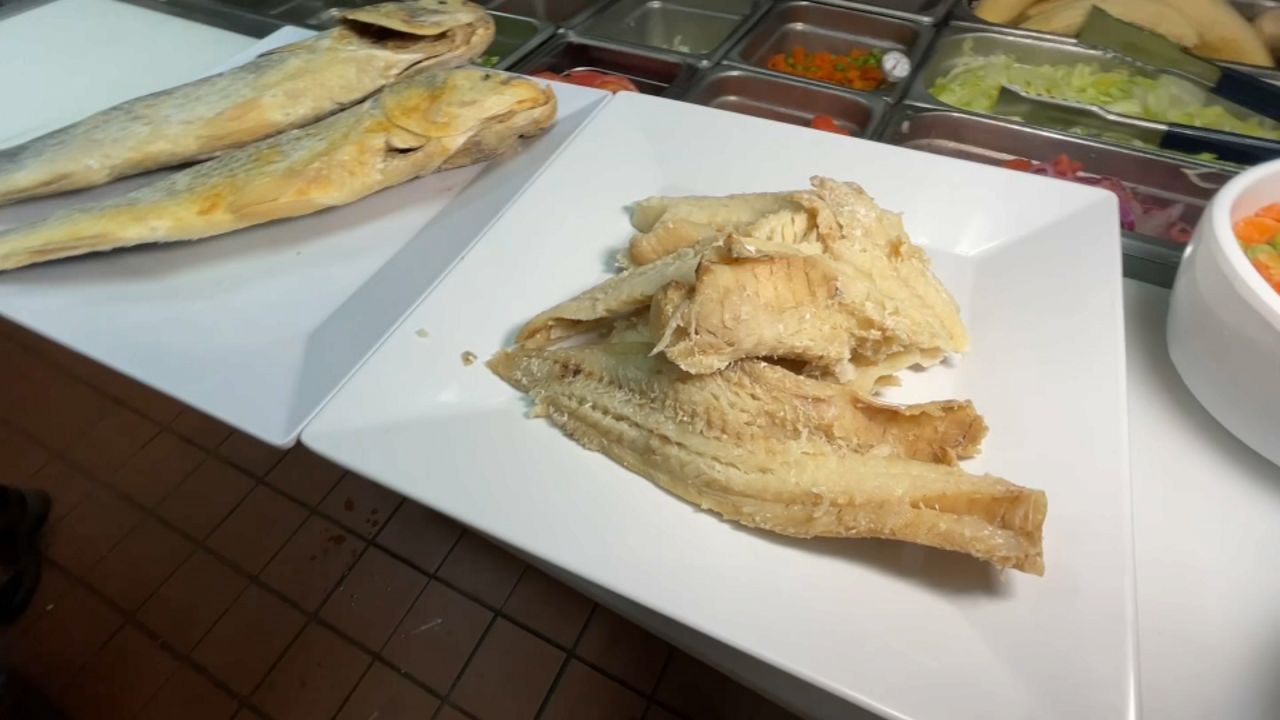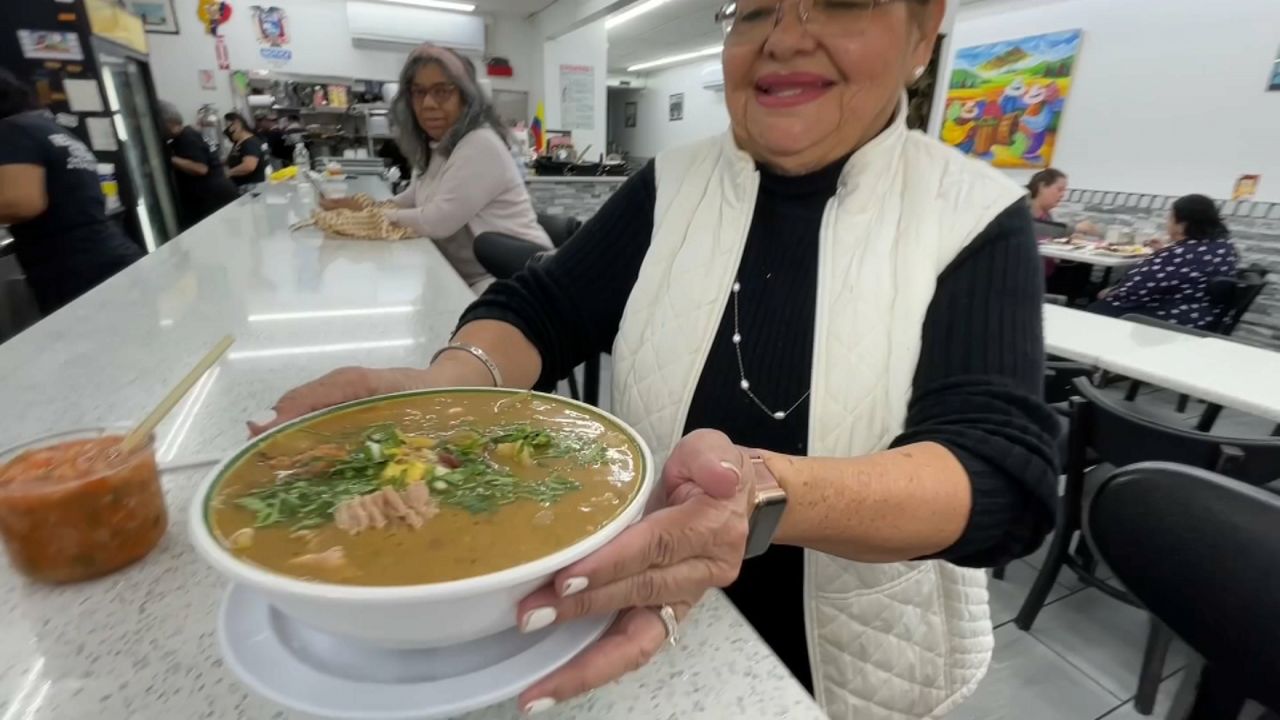“It has melloco, it has broad beans, it has quinoa, hearts of palm.”
Fanesca has all this and many more ingredients, a unique soup in the world that Ecuadorians consume since Thursday of Holy Week.
Three thousand miles away from the Equator, this traditional dish is also eaten in New York. Doña Julia Sánchez has been preparing it for more than 20 years.
“We started making it at two in the morning, until ten o’clock when we sold it to the public,” said Doña Julia, from the Génesis restaurant.
On Roosevelt Avenue in Queens, where the Ecuadorian population is quite large, almost every restaurant in the South American country prepares the very laborious fanesca.

tender grains
“Usually it has twelve grains, the tradition is twelve grains,” explained Zulia Domínguez. “It has sambo, mote, corn, a variety of tender beans, tender beans, dry beans.”
This sacred soup was used as a pedagogical element by the Catholic Church to catechize the indigenous people, each of the ingredients has a symbolism, thus achieving a cultural and religious syncretism.
“Each of the twelve grains used in the fanesca represent the apostles, and the cod, which is the main element, the most outstanding not only in terms of flavor, represents Jesus Christ,” explained Ximena Hidalgo Ayala, historian.

Hidalgo.
Jorge Apuango arrived in New York twenty years ago, worked as a dishwasher and now owns his own restaurant, La Azogueñita. He tells that he learned how to make fanesca from his mother.
“We begin at seven in the morning to cook the grains and begin to mix all the products, with the seasoning so that the fanesca comes out delicious,” said Apuango.
Despite inflation and with the prices of ingredients almost doubling, Ecuadorians have not stopped preparing or consuming fanesca, a dish full of flavor and tradition.
“All the product is expensive, it is not like three years ago before COVID, it is very difficult to say how much is in investment,” added Apuango.
“Salted fish costs twelve dollars a pound and a box costs $400,” said Dona Julia.

Dry fish.
And although the cost of preparing this soup may be high, every year they continue to charge twenty dollars for this delicious dish that is Ecuador’s historical and cultural heritage.


:strip_exif()/i/2005545080.jpeg?resize=150%2C150&ssl=1)